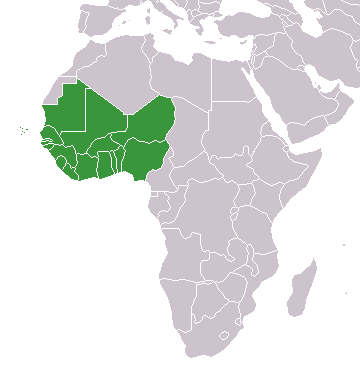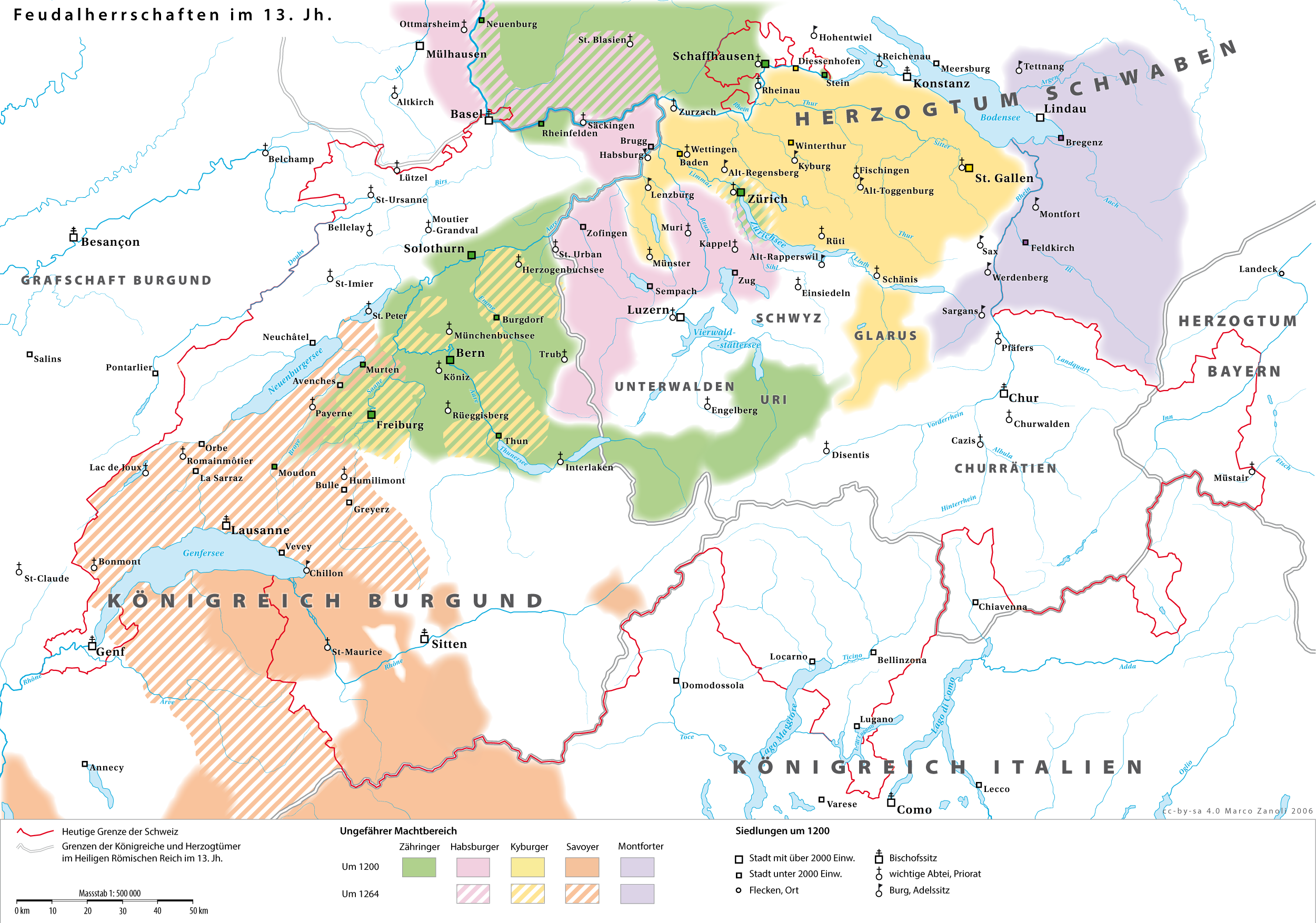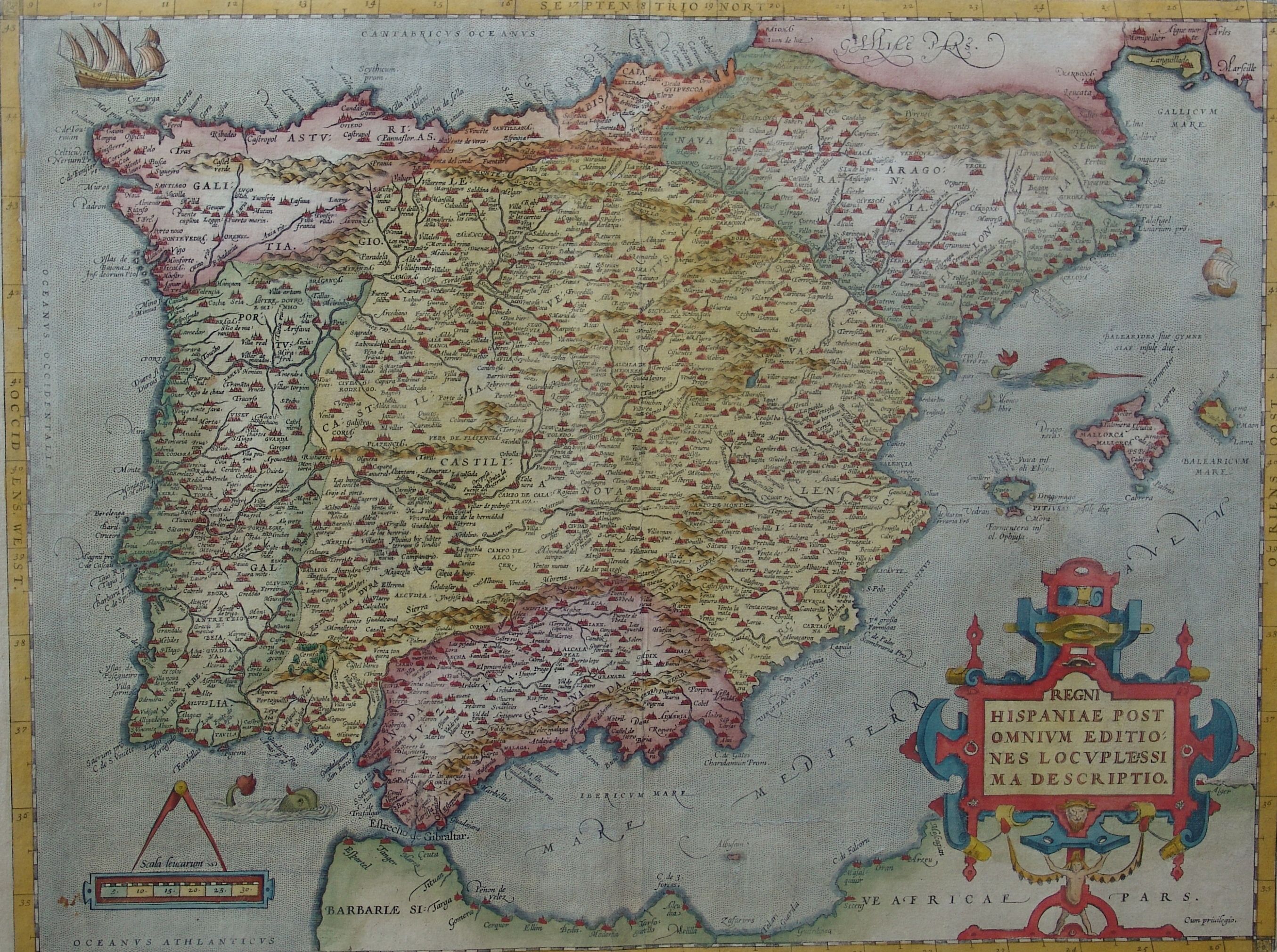|
Manuel Rodrigues Lamego
Manuel Rodrigues de Lamego (born ''circa'' 1590) was a Portuguese-born merchant and slave trader active in Europe, Africa, Asia and the Americas. Rodrigues de Lamego was a Marrano. He was contracted by the Spanish Empire with an official '' asiento'' to provide their colonies in the Spanish Americas with African slaves from 1 April 1623 to 25 September 1631. During this time, he was the ''Contratodore'' (monopolist trader) for the Atlantic slave trade in Angola's Portuguese West African territory. Contrary to his predecessor as ''asiento'' holder, António Fernandes de Elvas, he was not the ''Contratodore'' for Cape Verde and Guinea. After his tenure, he was succeeded as ''asiento'' holder by Melchor Gómez Angel and Cristóvão Mendes de Sousa, while he was succeeded as ''Contratodore'' for Angola by Henrique Gomes da Costa. Biography Manuel Rodrigues de Lamego was born at Lamego, the Kingdom of Portugal to a Sephardic Jewish ''converso'' family. His father was Luis Antón ... [...More Info...] [...Related Items...] OR: [Wikipedia] [Google] [Baidu] |
Portugal
Portugal, officially the Portuguese Republic, In recognized minority languages of Portugal: :* mwl, República Pertuesa is a country located on the Iberian Peninsula, in Southwestern Europe, and whose territory also includes the Macaronesian archipelagos of the Azores and Madeira. It features the westernmost point in continental Europe, its mainland west and south border with the North Atlantic Ocean and in the north and east, the Portugal-Spain border, constitutes the longest uninterrupted border-line in the European Union. Its archipelagos form two autonomous regions with their own regional governments. On the mainland, Alentejo region occupies the biggest area but is one of the least densely populated regions of Europe. Lisbon is the capital and largest city by population, being also the main spot for tourists alongside Porto, the Algarve and Madeira. One of the oldest countries in Europe, its territory has been continuously settled and fought over since prehistoric tim ... [...More Info...] [...Related Items...] OR: [Wikipedia] [Google] [Baidu] |
Lamego
Lamego (; cel-x-proto, Lamecum) is a city and municipality in the Viseu District, in the Norte Region of the Douro in northern Portugal. Located on the shores of the Balsemão River, the municipality has a population of 26,691, in an area of 165.42 km2. With origins before the Roman occupation of the Iberian Peninsula, Lamego is known for its historic city center, having a long history as a principal city of the former Trás-os-Montes e Alto Douro Province. Legend holds that the first Portuguese Cortes were held in Lamego, in 1143. The Roman Catholic Diocese of Lamego is based in the city center. Etymology The toponymic name ''Lamego'' was derived from ''Lamaecus'', a Hispano-Celtic and Roman derivative referring to owners of agrarian titles in the 3rd century around the local castle. History The area around Lamego was inhabited by Ligures and Turduli, and during the Roman presence it was occupied by Coelerni, which left behind several monuments. Due to the placement of t ... [...More Info...] [...Related Items...] OR: [Wikipedia] [Google] [Baidu] |
West Africa
West Africa or Western Africa is the westernmost region of Africa. The United Nations defines Western Africa as the 16 countries of Benin, Burkina Faso, Cape Verde, The Gambia, Ghana, Guinea, Guinea-Bissau, Ivory Coast, Liberia, Mali, Mauritania, Niger, Nigeria, Senegal, Sierra Leone, and Togo, as well as Saint Helena, Ascension and Tristan da Cunha ( United Kingdom Overseas Territory).Paul R. Masson, Catherine Anne Pattillo, "Monetary union in West Africa (ECOWAS): is it desirable and how could it be achieved?" (Introduction). International Monetary Fund, 2001. The population of West Africa is estimated at about million people as of , and at 381,981,000 as of 2017, of which 189,672,000 are female and 192,309,000 male. The region is demographically and economically one of the fastest growing on the African continent. Early history in West Africa included a number of prominent regional powers that dominated different parts of both the coastal and internal trade networ ... [...More Info...] [...Related Items...] OR: [Wikipedia] [Google] [Baidu] |
Habsburg
The House of Habsburg (), alternatively spelled Hapsburg in Englishgerman: Haus Habsburg, ; es, Casa de Habsburgo; hu, Habsburg család, it, Casa di Asburgo, nl, Huis van Habsburg, pl, dom Habsburgów, pt, Casa de Habsburgo, la, Domus Habsburg, french: Maison des Habsbourg and also known as the House of Austriagerman: link=no, Haus Österreich, ; es, link=no, Casa de Austria; nl, Huis van Oostenrijk, pl, dom Austrii, la, Domus Austriæ, french: Maison d'Autriche; hu, Ausztria Háza; it, Casa d'Austria; pt, Casa da Áustria is one of the most prominent and important dynasties in European history. The house takes its name from Habsburg Castle, a fortress built in the 1020s in present-day Switzerland by Radbot of Klettgau, who named his fortress Habsburg. His grandson Otto II was the first to take the fortress name as his own, adding "Count of Habsburg" to his title. In 1273, Count Radbot's seventh-generation descendant Rudolph of Habsburg was elected King of the R ... [...More Info...] [...Related Items...] OR: [Wikipedia] [Google] [Baidu] |
Iberian Union
pt, União Ibérica , conventional_long_name =Iberian Union , common_name = , year_start = 1580 , date_start = 25 August , life_span = 1580–1640 , event_start = War of the Portuguese Succession , event_end = Portuguese Restoration War , date_end = 1 December , year_end = 1640 , p1 = History of Portugal (1415–1578)Kingdom of Portugal , flag_p1 = Flag of Portugal (1578).svg , p2 = Crown of Castile , flag_p2 = Royal Banner of the Crown of Castile (Early Style)-Variant.svg , p3 = Crown of Aragon , flag_p3 = Royal Banner of Aragón.svg , p4 = Habsburg Spain , flag_p4 = Flag of Cross of Burgundy.svg , s1 = History of Portugal (1640–1777)Kingdom of Portugal , flag_s1 = Flag of Portugal (1640).svg , s2 = Habsburg Spain , flag_s2 = Flag of Cross of Burgundy.svg , image_coat = Full Ornamented Coat of Arms of Philip II of Spain (1580-1598).svg , image_map = Philip II's realms in 1598.png , ima ... [...More Info...] [...Related Items...] OR: [Wikipedia] [Google] [Baidu] |
War Of The Portuguese Succession
The War of the Portuguese Succession, a result of the extinction of the Portuguese royal line after the Battle of Alcácer Quibir and the ensuing Portuguese succession crisis of 1580, was fought from 1580 to 1583 between the two main claimants to the Portuguese throne: António, Prior of Crato, proclaimed in several towns as King of Portugal, and his first cousin Philip II of Spain, who eventually succeeded in claiming the crown, reigning as Philip I of Portugal. The Cardinal-King The Cardinal Henry, great-uncle of Sebastian I of Portugal, became ruler in the immediate wake of Sebastian's death. Henry had served as regent for Sebastian after 1557, and succeeded him as King after the disastrous Battle of Alcácer Quibir in 1578. Henry renounced his clerical offices and sought to take a bride for the continuation of the Aviz dynasty, but Pope Gregory XIII, affiliated with the Habsburgs, did not release him from his vows. The Cardinal-King died two years later, without having appo ... [...More Info...] [...Related Items...] OR: [Wikipedia] [Google] [Baidu] |
Portuguese India
The State of India ( pt, Estado da Índia), also referred as the Portuguese State of India (''Estado Português da Índia'', EPI) or simply Portuguese India (), was a state of the Portuguese Empire founded six years after the discovery of a sea route to the Indian subcontinent by Vasco da Gama, a subject of the Kingdom of Portugal. The capital of Portuguese India served as the governing centre of a string of military forts and trade posts scattered all over the Indian Ocean. The first viceroy, Francisco de Almeida established his base of operations at Fort Manuel, after the Kingdom of Cochin negotiated to become a protectorate of Portugal in 1505. With the Portuguese conquest of Goa from the Bijapur Sultanate in 1510, Goa became the major anchorage for the Portuguese Armadas arriving in India. The capital of the viceroyalty was transferred from Cochin in the Malabar region to Goa in 1530. From 1535, Mumbai (Bombay) was a harbour of Portuguese India as '' Bom Bahi ... [...More Info...] [...Related Items...] OR: [Wikipedia] [Google] [Baidu] |
Curiel Family
The Curiel family (Dutch: Curiël ''or'' also known as: da Costa) is a prominent Sephardi Jewish family. Until the late 18th century, the family held diplomatic positions for the Portuguese Crown in Hamburg and Amsterdam. History The family's origins date back to the 14th century in Curiel de Duero, Castile, Spain. Part of the Sephardic community in Spain, the Curiel family settled in Coimbra, Portugal after the 1492 Spanish decree that ordered the expulsion of all Jews who refused conversion to Catholicism. Abraham Curiel was an eminent physician in Lisbon and ensured that his children practiced Judaism. They were ennobled in 1641 by João IV of Portugal and hold noble titles in Portugal, Spain and the Netherlands. The Curiel family has links to banking and commerce, the arts, literature and politics. In 1647, David Curiel financed the Spanish delegation to the Peace of Westphalia. Many members of the family sponsored Hebrew scholarship and practiced Judaism, either o ... [...More Info...] [...Related Items...] OR: [Wikipedia] [Google] [Baidu] |
Abraham Curiel
Abraham Curiel (1545-1609), alias Jeronimo Nunes Ramires, was a physician and the son of the wealthy merchant Jacob Curiel of Coimbra of Coimbra. Curiel is described in several sources as "one of the greatest doctors of his time." Education Abraham Curiel was born to Jacob Curiel of Coimbra and was sent to be educated at the University of Coimbra in Coimbra, Portugal between 1562 and 1570. Curiel family He wed Sara Curiel, alias Maria de Fonseca, with whom he fathered 11 children, including Jacob Curiel and David Curiel. His brother was Francisco de Vitoria, a Bishop in the Catholic Church. He was an eminent Portuguese physician and shortly after his death Sara fled the Lisbon inquisition to Madrid, Spain. Medical work Curiel qualified as a doctor of medicine in 1567 and remained at the University of Coimbra for further studies in medicine. In 1987, British historian Jonathan Israel wrote "Dr Jeronimo Nunes Ramires himself showed much less zest for travel than most of ... [...More Info...] [...Related Items...] OR: [Wikipedia] [Google] [Baidu] |
Rouen
Rouen (, ; or ) is a city on the River Seine in northern France. It is the prefecture of the region of Normandy and the department of Seine-Maritime. Formerly one of the largest and most prosperous cities of medieval Europe, the population of the metropolitan area (french: aire d'attraction) is 702,945 (2018). People from Rouen are known as ''Rouennais''. Rouen was the seat of the Exchequer of Normandy during the Middle Ages. It was one of the capitals of the Anglo-Norman dynasties, which ruled both England and large parts of modern France from the 11th to the 15th centuries. From the 13th century onwards, the city experienced a remarkable economic boom, thanks in particular to the development of textile factories and river trade. Claimed by both the French and the English during the Hundred Years' War, it was on its soil that Joan of Arc was tried and burned alive on 30 May 1431. Severely damaged by the wave of bombing in 1944, it nevertheless regained its economic dyn ... [...More Info...] [...Related Items...] OR: [Wikipedia] [Google] [Baidu] |
Madrid
Madrid ( , ) is the capital and most populous city of Spain. The city has almost 3.4 million inhabitants and a metropolitan area population of approximately 6.7 million. It is the second-largest city in the European Union (EU), and its monocentric metropolitan area is the third-largest in the EU.United Nations Department of Economic and Social AffairWorld Urbanization Prospects (2007 revision), (United Nations, 2008), Table A.12. Data for 2007. The municipality covers geographical area. Madrid lies on the River Manzanares in the central part of the Iberian Peninsula. Capital city of both Spain (almost without interruption since 1561) and the surrounding autonomous community of Madrid (since 1983), it is also the political, economic and cultural centre of the country. The city is situated on an elevated plain about from the closest seaside location. The climate of Madrid features hot summers and cool winters. The Madrid urban agglomeration has the second-la ... [...More Info...] [...Related Items...] OR: [Wikipedia] [Google] [Baidu] |
Philip IV Of Spain
Philip IV ( es, Felipe, pt, Filipe; 8 April 160517 September 1665), also called the Planet King (Spanish: ''Rey Planeta''), was King of Spain from 1621 to his death and (as Philip III) King of Portugal from 1621 to 1640. Philip is remembered for his patronage of the arts, including such artists as Diego Velázquez, and his rule over Spain during the Thirty Years' War. By the time of his death, the Spanish Empire had reached approximately 12.2 million square kilometers (4.7 million square miles) in area but in other aspects was in decline, a process to which Philip contributed with his inability to achieve successful domestic and military reform. Personal life Philip IV was born in the Royal Palace of Valladolid, and was the eldest son of Philip III and his wife, Margaret of Austria. In 1615, at the age of 10, Philip was married to 13-year-old Elisabeth of France. Although the relationship does not appear to have been close, some have suggested that Olivares, ... [...More Info...] [...Related Items...] OR: [Wikipedia] [Google] [Baidu] |
.jpg)




